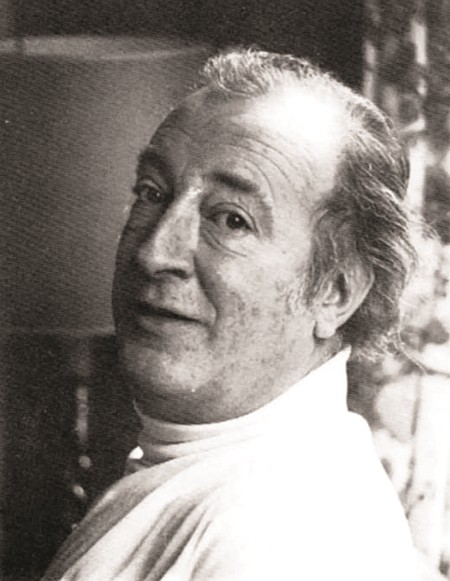
Among the woodwind instruments, I’ve always had a soft spot for the saxophone. It was a relative late-comer to classical music. There used to be a complete family of fourteen different saxophones although today only four of them remain in common use. We have to thank the Belgian inventor Adolphe Sax for the saxophone. He also invented a family of saxhorns, as well as other short-lived novelties like the saxotromba and the saxtuba all of which, with touching modesty he named after himself. He had the notion of creating a group of instruments that would fill what he perceived as a vacant middle ground between the woodwind and the brass sections in bands and orchestras. His saxophones, invented in 1840, were originally for this purpose. They caught on in French and Belgian marching bands but contrary to Sax’s expectations, the new instruments failed to gain a permanent foothold in the symphony orchestra.
In the 1920s the reedy, mellifluous saxophone became synonymous with jazz. As a teenager, I started to collect recordings of the great jazz saxophonists of yesteryear and records by Frankie Trumbauer, Coleman Hawkins, Sidney Bechet, Johnny Hodges, Paul Desmond and Gerry Mulligan all found their way into my record collection.
In the world of classical music, saxophone solos first appeared in Bizet’s L’Arlésienne (1872) and in Sylvia (1876) by Delibes. Twentieth century composers often use an alto or tenor saxophone in concert works, nearly always as a solo instrument. The small soprano sax and the large baritone sax almost never appear in the orchestra. The elephantine bass sax, which the jazz virtuoso Adrian Rollini popularized in the 1920s, has all but disappeared.
On one occasion I announced to my mother that I wanted to play the saxophone but was told that I must learn the cello first. A few years later, as a student at Music College, I bought a Yamaha alto sax on hire purchase and taught myself. The instrument is a joy to play and probably easier than the oboe or the clarinet, at least in the early stages. One useful feature of the saxophone family is that although the mouthpieces are different sizes, the fingering is pretty well identical on all the instruments with the result that you can switch from one type of saxophone to another quite easily, though in practice this rarely occurs.
Alexander Glazunov (1865-1936): Concerto for alto saxophone and string Orchestra Op. 109. Joseph Lulloff (alt sax), Brevard Music Center Orchestra cond. JoAnn Falletta (Duration: 15:25; Video: 1080p HD)
Glazunov was born in St. Petersburg and was the son of a wealthy publisher. He began studying piano at the age of nine and started composing soon afterwards. In later years, he studied with Rimsky-Korsakov and went on to enjoy international fame. He served as director of the Saint Petersburg Conservatory between 1905 and 1928 and was also a prolific composer who completed nine symphonies and several concertos together with a vast array of orchestral works. Strangely, we hear little of his music today though the violin concerto remains a popular work.
This lyrical and rather melancholy saxophone concerto dates from 1934, towards the end of his life. It was in fact, his last composition but it speaks of another age. Let the music take your mind back to the Russian Romanticism of the late nineteenth century with its lush harmonies and dreamy, rambling melodies. It’s a compelling work, which is perhaps why it’s become part of today’s standard saxophone repertoire.
Pierre Max Dubois (1930-1995): Concerto for alto saxophone and string orchestra. Supat Hanpatanachai (sax), Thailand Philharmonic Orchestra cond. Claude Villaret (Duration: 19:14; Video: 720p HD)
The music of Pierre Max Dubois, whose birthday falls on 1st March isn’t heard often, partly because he didn’t write very much. The little we have is characteristically light-hearted and seems reminiscent of Paris in the 1920s. He was after all, a student of Darius Milhaud. In 1955 Dubois was awarded the prestigious Prix de Rome and most of his work is for woodwind and especially for saxophone.
This concerto dates from 1959 and the saxophone part is technically challenging, requiring a good deal of physical effort. The first movement is a cadenza in which the soloist plays an extended and difficult virtuoso passage pretty well unaccompanied. If you find this opening movement a bit daunting, do stick with the concerto because the second movement, entitled Sarabande (at 07:55) is a lovely lyrical piece with haunting harmonies that could have come from Shostakovich. It contrasts with the lively Rondo (at 14:10) which is a boisterous scampering piece in the French style of the early twentieth century. It sounds as though it could have been written by Poulenc or Milhaud and it’s as French as baguettes and croissants.
 |
 |
 |





